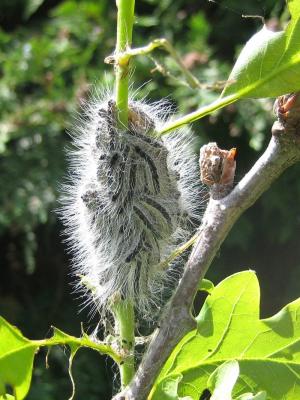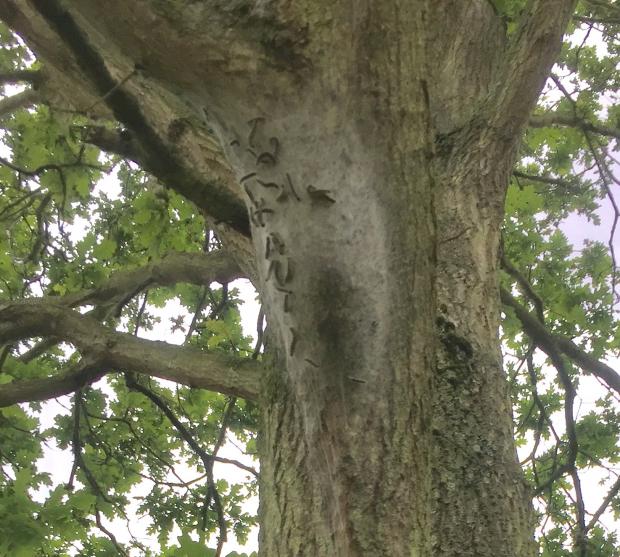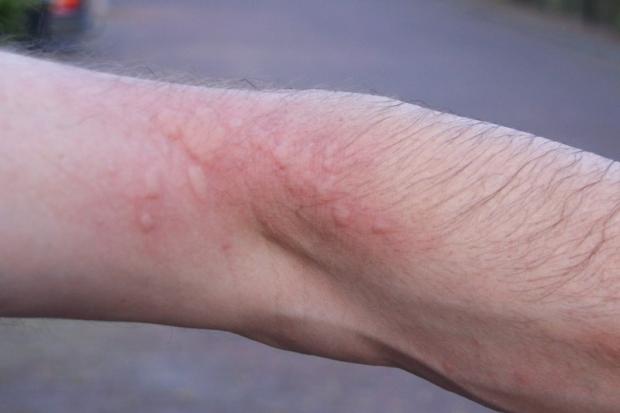The Agri-Food and Biosciences Institute (AFBI) have issued a plant and human health warning due to oak processionary moth being found recently in Dublin on planted oak trees imported from Belgium.

Whilst the adult is a grey-ish non-descript moth, it is the caterpillars that give the moth its name and present a risk to both plant and human health.The oak processionary moths live almost exclusively on oak trees and the caterpillars form communal webbed nests on the trunks and branches of the tree. Caterpillars feed on the oak leaves during the night and shelter in the nest during the day.

The recent finding in Dublin is the first on the island of Ireland. However, oak processionary moth has been well established in London since 2006. It is managed in London through the use of insecticides with an overall cost of £1.2 million per annum including surveillance work and public health notifications. It is a difficult pest to control as the caterpillar nests are often high up in the tree canopy, therefore it is important that we prevent oak processionary moth from establishing in the first place.

Tree Check
The caterpillar nest in Dublin has been eradicated but the risk remains. Please be vigilant for this unwanted invader.
Notes to editors:
AFBI is an arms-length body of DAERA delivering research and development, diagnostic and analytical testing, emergency response capability and expert scientific advice for DAERA and other government departments, public bodies and commercial companies in Northern Ireland, and further afield.
AFBI’s Vision is “Advancing the Local and Global Agri-Food Sectors Through Scientific Excellence”.
AFBI’s core areas:
- Leading improvements in the agri-food industry;
- Protecting animal, plant and human health;
- Enhancing the natural and marine environment.
Useful links
https://m.facebook.com/story.php?story_fbid=10220142958661958&id=1165648118
Contacts
pest.man@afbini.gov.uk
Latest news
- AFBI issues Nematodirus warning – Spring 2025 11 April 2025
- Managing Nature Based Risks to the UK Economy and Opportunities for Green Finance 08 April 2025
- The Omics Days Conference 27 March 2025
- AFBI Hillsborough host AERA committee 27 March 2025
